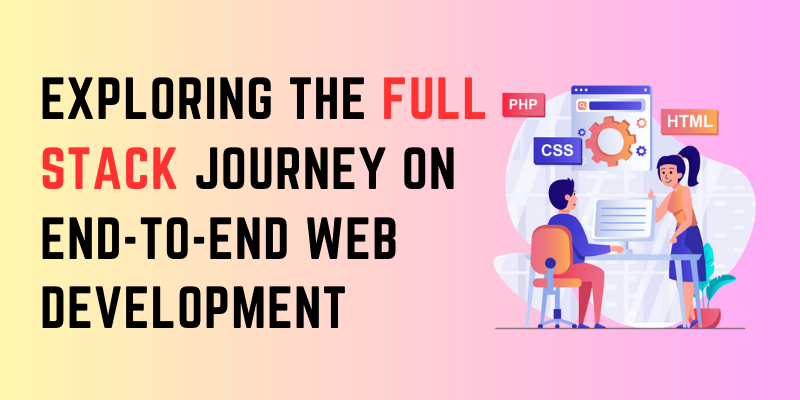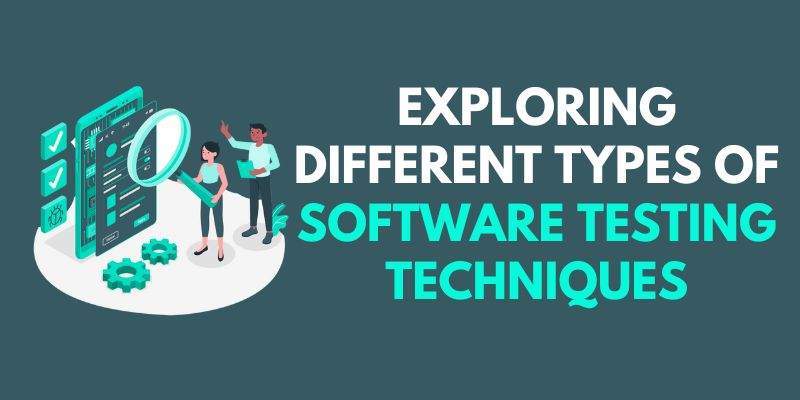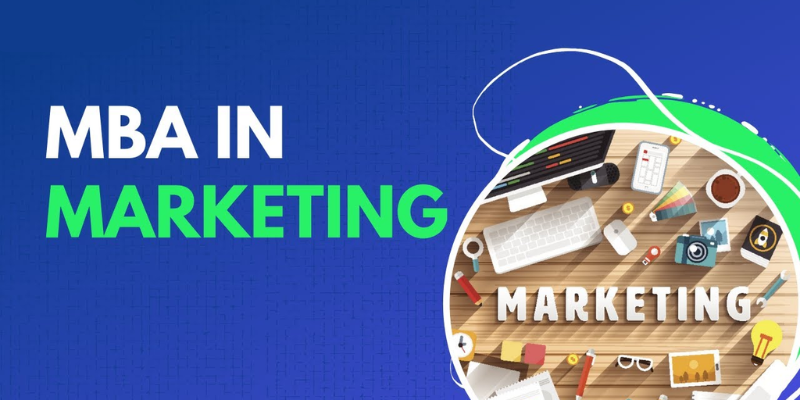Introduction:
Web development has become essential to our daily lives in this digital age. The demand for full-stack developers who can handle front-end and back-end development is increasing, from simple websites to sophisticated web applications. This post will take you through the power of end-to-end web development, looking at the skills and tools needed to become a proficient full-stack developer. This blog will discuss Exploring the Full Stack Journey on End-to-End Web Development. The Full Stack Developer Course In Coimbatore at FITA Academy is created by highly skilled professors specialising in various full-stack development elements.
Understanding the Full Stack:
You must understand the different layers to engage in the full stack journey. The full stack typically consists of three major components: the front end, the back end, and the database. The front end is responsible for the user interface and experience, whereas the back end is responsible for server-side logic and data processing. The database stores and retrieves data that the application requires.
Mastering Front-end Development:
Front-end development involves creating visually appealing and interactive user interfaces with HTML, CSS, and JavaScript. It is critical to understand HTML for structuring web pages, CSS for styling them, and JavaScript for providing interaction. Furthermore, understanding frameworks like React, Angular, or Vue.js might help you improve your front-end development skills. Join the Full Stack Developer Training In Madurai to receive better skills and technical skills.
Delving into Back-end Development:
Back-end development focuses on creating the server-side logic that powers web applications. It entails working with programming languages like Python, Ruby, or JavaScript (Node.js). Understanding concepts like routing, processing requests and responses, and working with APIs is critical. Experience with frameworks like Express.js or Django can help speed up back-end development.
Working with Databases:
Databases are at the core of most web applications, responsible for efficiently storing and retrieving data. Learn SQL (Structured Query Language) for relational databases such as MySQL or PostgreSQL. For processing unstructured data, look into NoSQL databases like MongoDB. Understanding how to create database schemas, run queries, and optimize database performance is essential for full-stack development. If you want to learn entire stack concepts, you can apply for Full Stack Developer Course In Pondicherry, a complete professional training programme that provides students with professional abilities.
Integrating Tools and Technologies:
As a full-stack developer, you’ll come across a wide range of tools and technologies that help to speed up the development process. Version control systems like Git, task runners such as Gulp or Grunt, and package managers such as npm or yarn are all required for effective code management. Furthermore, understanding server setups, deployment methodologies, and cloud platforms such as AWS or Azure is beneficial for installing web-based applications.
Embracing Continuous Learning:
Web development rapidly evolves, with new frameworks, tools, and technologies appearing regularly. To stay ahead, embrace ongoing learning. Stay current on industry trends, try new tools, and participate in online groups and coding forums. Regularly working on personal projects or contributing to open-source projects might help refine your abilities and broaden your knowledge base. Enrol in the Full Stack Developer Course In Hyderabad if you like to study more about the whole stack and gain more knowledge.



